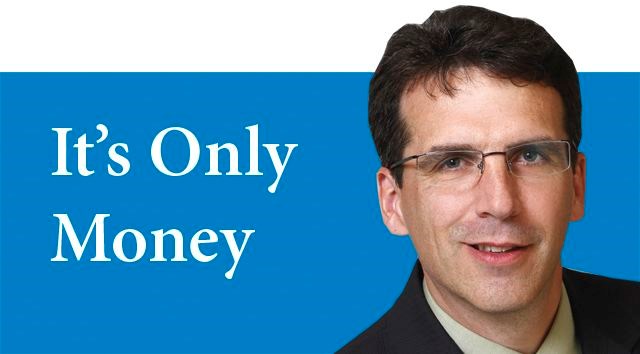A short drive from Cranbrook, at the base of a truly stunning array of Rocky Mountain peaks sits Fort Steele, a heritage town similar to Barkerville. On an errand of some sort, I found myself on this picturesque drive on a sunny early evening in September 1995.
Highway 93 was typically quiet and my eyes were peeled for elk, known to frequent the area. It was so gratifying to live and travel among such spectacular beauty. I was mentally patting myself on the back for taking a transfer to such a glorious part of the world.
Just then I heard a loud engine roaring from behind me. I looked, but saw no vehicle coming my way, despite the sound getting increasingly louder. Did I miss something in my blind spot? I checked both side mirrors, and my rearview mirror, and instinctively slowed down a notch. Just then, a shadow overtook me as a smallish airplane swooped just over top of my truck, missing the hood by just a few feet, and immediately landing on the highway in front of me! What the...?
I swallowed my enthusiasm for the scenery for the moment and slowed down enough to witness what appeared to be a very well-rehearsed situation. A container truck pulled in from the other direction and the airplane pulled over to the side of the highway next to the truck as a few men hurriedly began preparing some sort of ground transport system for the aircraft, or unloading it, or something. They acted like they owned the place, not even glancing at me.
I mean, did they have a license for that? I didn't ask.
It occurred to me that I was all alone, other than this very well organized crew of men who might be up to no good, and we were on a remote piece of highway near the Canada-US border. Maybe it would be best if I didn't make eye contact with anyone, and that I was on my way. Without ever fully coming to a stop, I scooted the heck out of there.
Although it does take a bit of an effort, we don't have to drive to a remote mountain highway to take legal measures to reduce our tax bill. But we do need to look at the tax map and drive through the legitimate tax reduction byways provided for us. Here, in part four of our annual look at year-end tax reduction strategies, we touch on some government instituted tax shelters.
RRSP contributions
You have until March 1, 2018 to make a contribution to your RRSP or a spousal RRSP in order to be able to deduct the amount on your 2017 tax return. However, if you have contribution room, contributing to your RRSP early (i.e., before December 31, 2017) helps to maximize the tax-deferred growth in your plan which may increase your savings for retirement.
RRSP contributions if you are turning 71
An RRSP must mature by December 31st of the year in which you turn 71. On maturity, you must withdraw the funds, and either transfer them to a RRIF or use them to purchase an annuity. You will not be able to make any further contributions to your own RRSP after this date.
If you are turning age 71 in 2017, have earned income for the year, and plan to convert your RRSP to a RRIF, consider making your 2017 RRSP contribution before your RRSP is converted. You will have to make this contribution by December 31, 2017 because the new contribution room based on your 2017 earned income will not be created until January 1, 2018, at which point, your RRSP will have already been converted to a RRIF.
This early contribution (sometimes called the forgotten RRSP contribution) will allow you to claim an RRSP deduction on your income tax return for 2018 or any year thereafter. If you have already made the maximum contribution for the current year, the CRA will consider your early contribution to be an excess contribution that is subject to the over-contribution penalty of 1% of the excess amount per month. On January 1, 2018, your new contribution room, based on your previous year's earned income, will absorb your over-contribution.
If you have a younger spouse, consider making your RRSP contributions to a spousal RRSP until the year your spouse turns age 71, thereby avoiding the over-contribution penalty.
RESP contributions
A Registered Education Savings Plan (RESP) is a way to save for a child's or grandchild's post-secondary education and can also be used as an income splitting vehicle. The lifetime contribution limit is $50,000 per beneficiary and there is no annual contribution limit.
By making RESP contributions, you may be eligible to receive the Canada Education Savings Grant (CESG). The government will match 20 per cent of the first $2,500 in annual contributions to a maximum grant of $500 ($2,500 x 20 per cent) per beneficiary, per year. Each beneficiary can receive a lifetime maximum CESG of $7,200. Consider contributing to the RESP by December 31st if you haven't maximized your contributions to take advantage of tax-deferred growth in the RESP.
Mark Ryan is an Investment Advisor with RBC Dominion Securities Inc. (Member-Canadian Investor Protection Fund), and these are Mark's views, and not those of RBC Dominion Securities. This article is for information purposes only. Please consult with a professional advisor before taking any action based on information in this article. Mark can be reached at [email protected].



